Design trends to watch in 2022
From Bridgerton-inspired weddings to AI-powered spandex, trends in 2022 will reflect both our hankering for escape and our inexorable move into the future
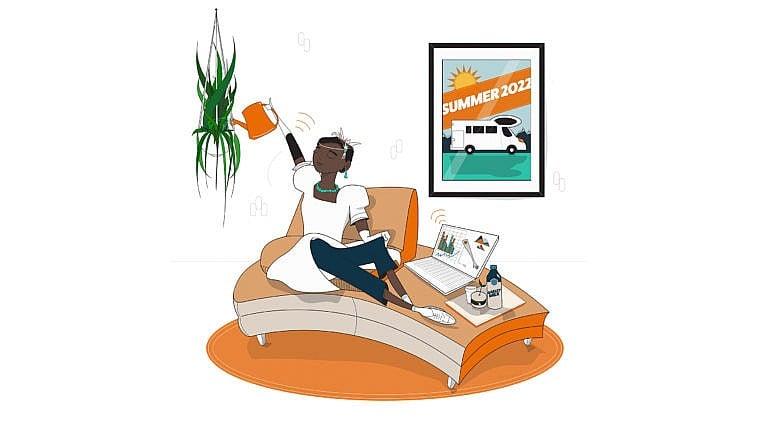
(Illustration by Antony Hare)
Share
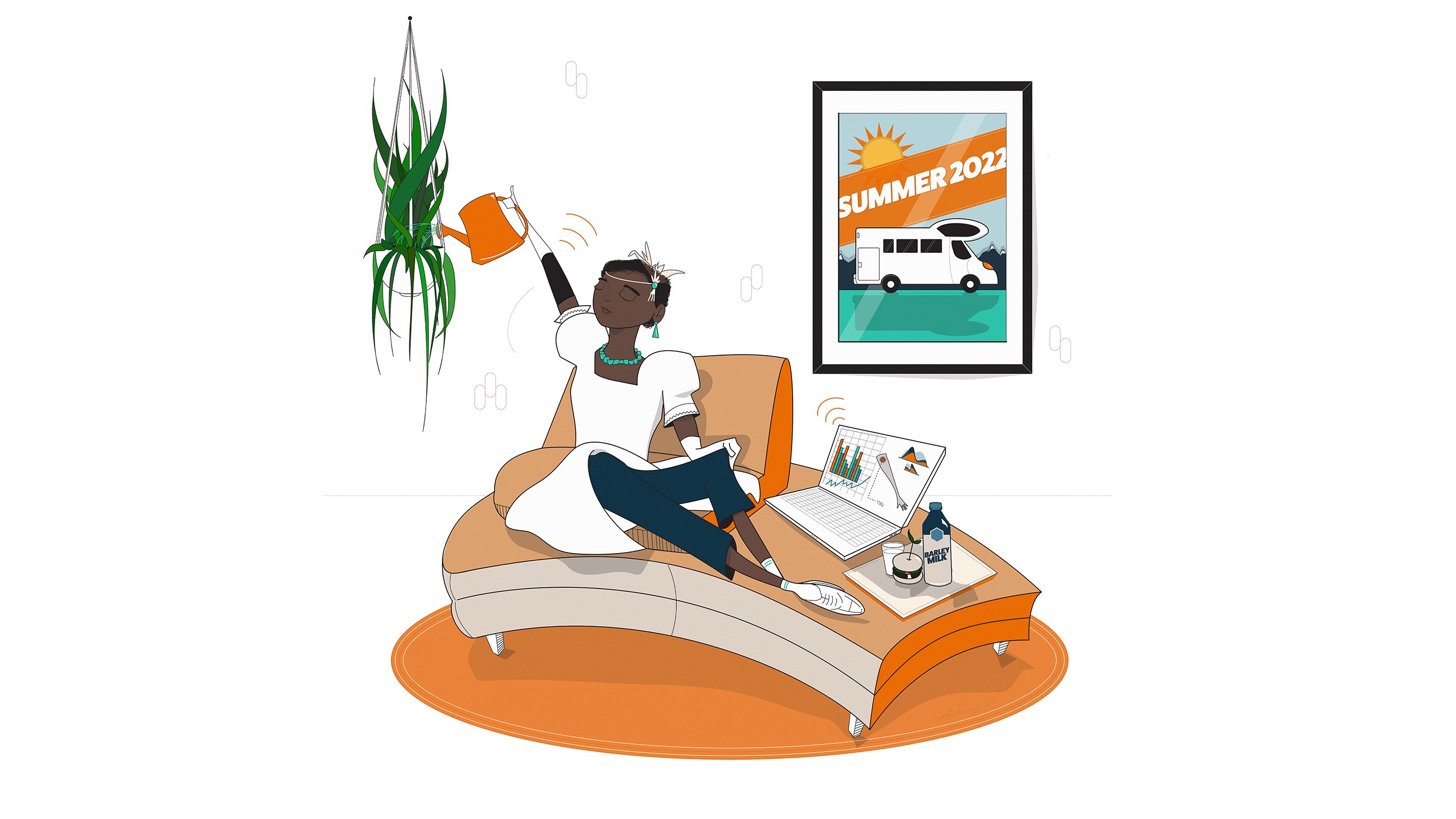
1. Weddings: The Bridgerton effect
Thank Shonda Rhimes and Netflix for an influx of Regency-inflected inspiration. The Bridgerton influence is real, as evidenced by increased interest in puffed-sleeve wedding dresses, feathered headpieces and long gloves. Regency-era details are embellished and romantic; lines are simple, with scoop necks and empire waists. If you’re not a bride-to-be, don’t worry—“The Queen’s Ball: A Bridgerton Experience” is coming to Montreal, L.A., Chicago and Washington, where guests can hobnob with actors in period dress and attend a beautifully accurate Regency ball.
2. Technology: Tricks on sleeves
Global spending on wearable tech devices was predicted to top $81.5 billion in 2021, according to a study by research company Gartner Inc., and is poised to increase another 15 per cent in 2022. American startup Nextiles has patented the items required to create “smart thread”—conductive threads powered by data sensors that can be blended with cotton, spandex, polyester, etc., and woven into fabric. In high-performance athletic wear, it can be used to collect detailed biometric data based on the slightest change in motion, speed, acceleration and more, which, according to Forbes, has piqued the interest of the NFL and MLB. Will smart clothing for all be far behind? Experts say no.
3. Fashion: Easing back to work
Many people are returning to the workplace—trouble is, we’ve gotten used to being dressed from the waist up. Transitional clothing will focus on comfort and function without sacrificing style or sustainability. Earth-friendly materials like Tencel, made from lyocell and modal fibres, as well as fabric blends made from recycled plastic or cotton are the future. Think fluid layers that feel like your softest pyjamas, but that also—with the right accessories—look like a dream.
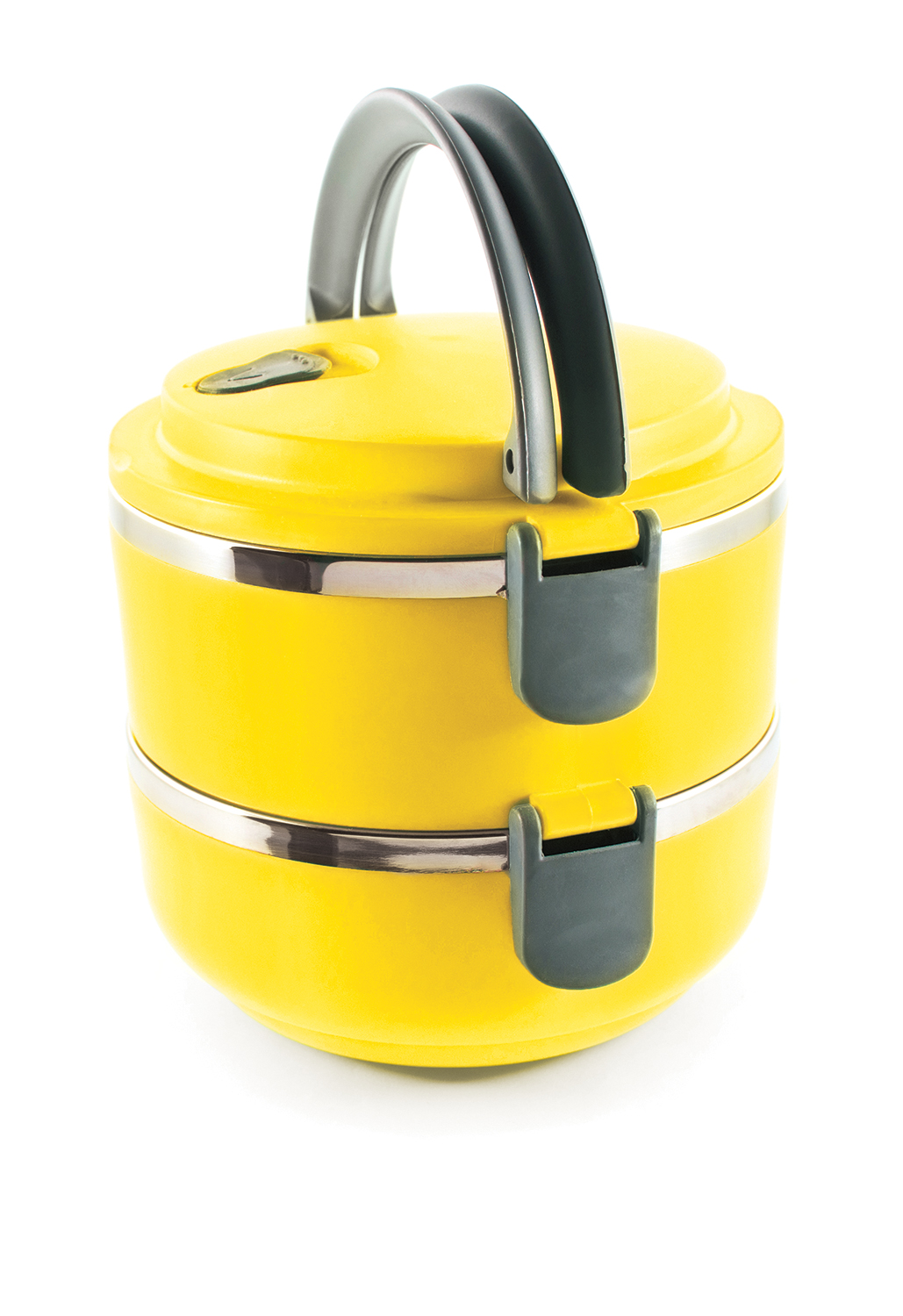
4. Packaging: Rethinking takeout
The impending government ban on food containers made from “hard-to-recycle” plastics like polystyrene and black plastic plus the rise in takeaway food during the pandemic have created a burgeoning industry. Businesses providing reusable takeout containers are popping up in Toronto, Edmonton, Vancouver and smaller cities like Waterloo and Guelph, Ont. Stainless steel containers are most popular, bringing the tiffin lunch boxes of India to mind.
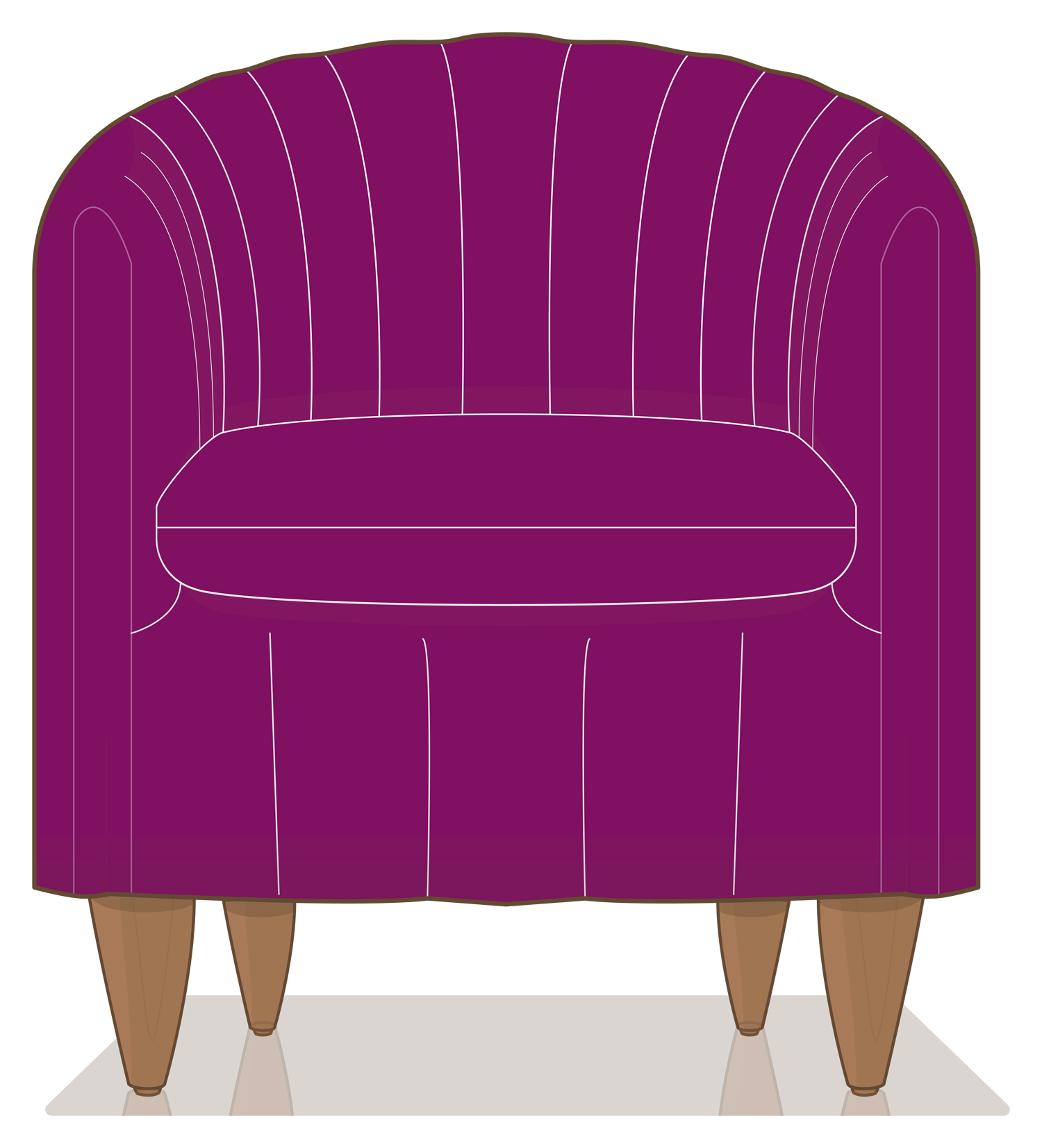
5. Home decor: Round we go
Furniture for every room is softening its edges, from swayback sofas with rolled arms to chubby accent seating to channel-tufted dining chairs. Curves, circles and arches provide visual comfort from the realities of the outside world. Multi-use modular couches are retro-inspired, part of the 1970s resurgence that also includes velvet, moody eggplant and mustard, cylindrical seating and pill-shaped tiles for backsplashes and bathrooms.
6. Travel: On the road again
As tourism and travel pick up, the way we vacation will reflect pandemic-related changes. RV and camper van sales increased over the past 18 months as people sought a safe way to escape and enjoy the outdoors with their bubbles intact. The road-trip trend will continue along with its boho-inflected aesthetic as people decorate vehicles like vacation homes. Experts also predict an increase in hobby-based travel and wellness retreats as folks seek out more personalized experiences to maximize time off.
7. Food: Flexing it
Interest in plant-based foods continues to increase, and 2021 added flexitarianism—eating mostly vegetarian or vegan with little meat—to the lexicon of food isms. Manufacturers will produce more plant-based offerings that focus on flavour and familiarity as well as half-meat/half-plant alternative blends to appeal to the mainstream. Barley milk will break through as the next grain-based milk alternative packed with nutrients.
8. Plant life: Leafy clean
As we ease into post-pandemic life, air-purifying plants are the next big thing. While an oft-quoted 1989 NASA study showed that plants can remove or absorb toxins in the air, the number of plants required to make a difference is too many for the average home. But there are still benefits to having plants such as rubber trees, which remove formaldehyde; spider plants, which can remove up to six different types of toxins, including carbon monoxide; and leafy bamboo palms, which can remove ammonia (a key ingredient in cleaners, which may be in increased use at home).
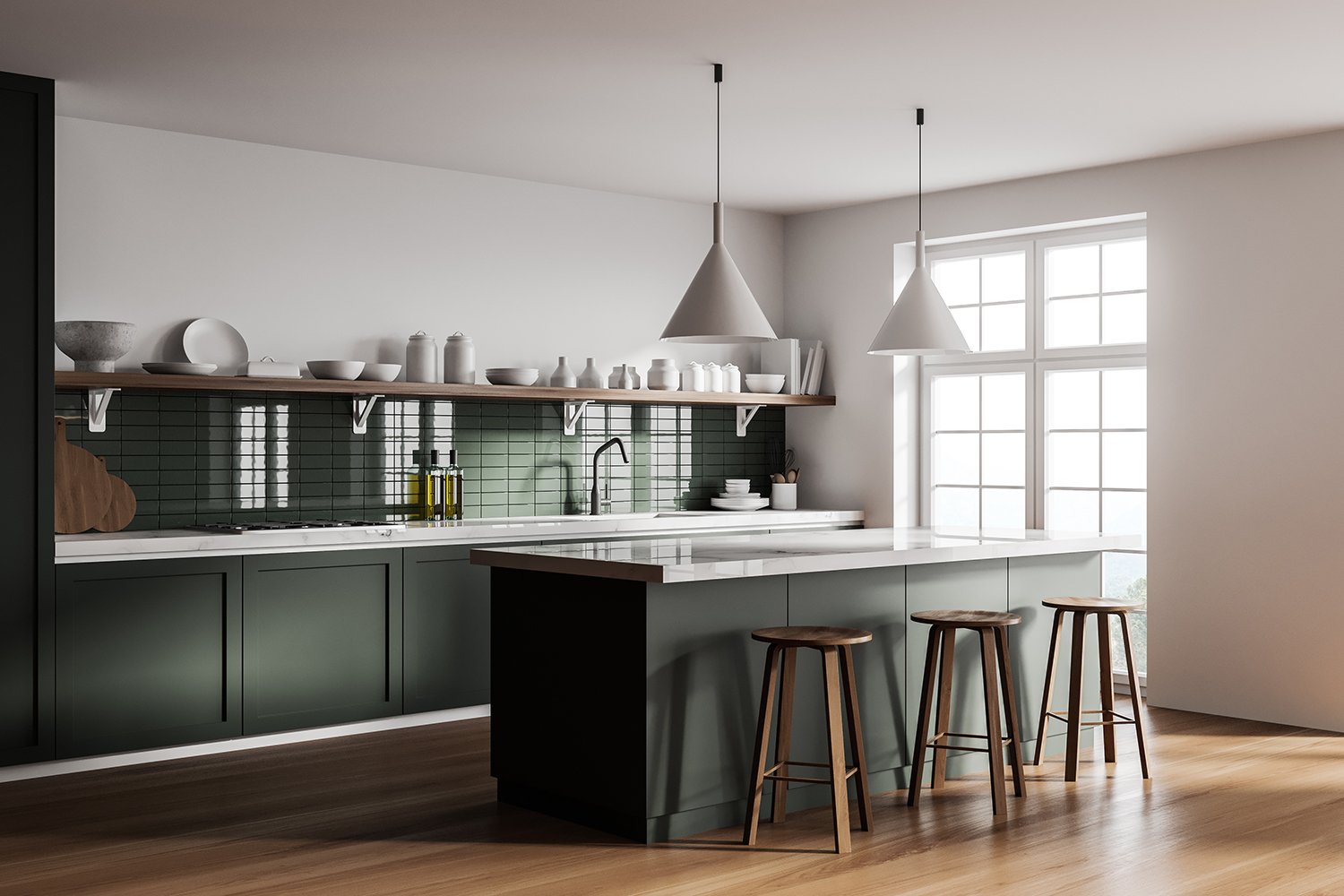
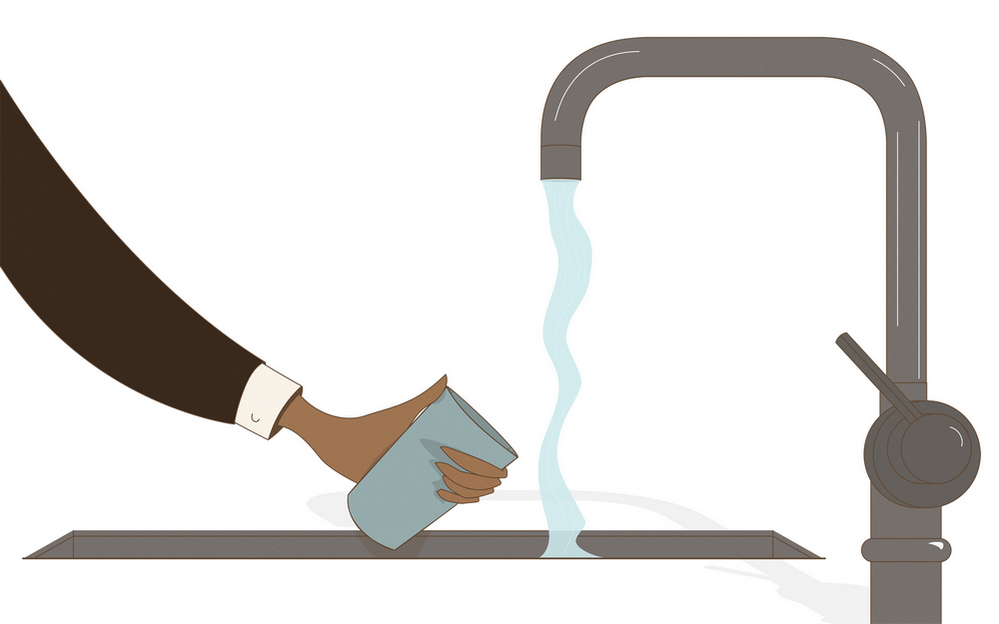
9. Kitchens: Where’s the fridge?
Designers inspired by minimalism and high-utility spaces are making kitchens disappear using cabinet hardware without visible handles or pulls and concealed appliances both big and small (no toasters on display).
L-shaped faucets bring a new angle to a standard necessity. A warmer aesthetic is struck by rustic accents like natural textured tile, dark cabinets in maroon or olive green and a single, long open shelf replacing upper cabinets.
This article appears in print in the January 2022 issue of Maclean’s magazine with the headline, “Calm, cool and connected.” Subscribe to the monthly print magazine here.